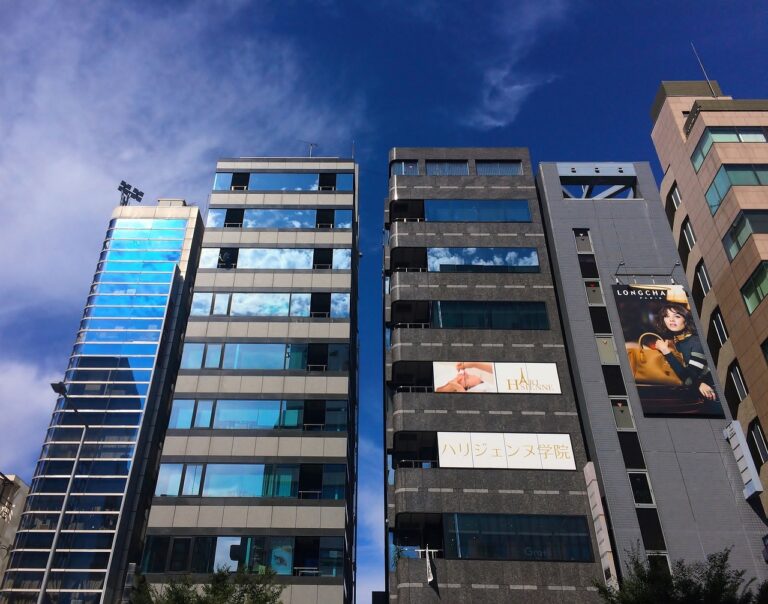Exploring the Impact of Biophilic Design on Employee Wellbeing
Biophilic design is a concept rooted in the idea that humans have an innate connection to nature. It seeks to bring elements of the natural world into built environments, such as workplaces and homes, to improve the well-being of individuals who inhabit these spaces. By incorporating elements like natural light, plants, and natural materials, biophilic design aims to create environments that evoke feelings of tranquility and promote a sense of harmony between humans and nature.
This design approach is based on the belief that our affinity for nature is not merely aesthetic, but also deeply rooted in our biology and psychology. By integrating aspects of nature into our constructed surroundings, biophilic design aims to enhance our overall health and happiness by fostering a more balanced and nurturing environment. Ultimately, biophilic design seeks to create spaces that not only look visually appealing but also contribute to our physical, emotional, and mental well-being.
Benefits of Incorporating Nature in the Workplace
Incorporating nature elements into the workplace has been shown to improve employee well-being and productivity. Research indicates that having greenery, natural light, and views of nature can reduce stress levels and increase job satisfaction among employees. When workers are surrounded by biophilic elements, they often report feeling more relaxed, focused, and motivated to complete tasks efficiently.
Furthermore, integrating nature into the workplace can lead to a decrease in absenteeism and a boost in overall morale. Employees are more likely to feel connected to their work environment when it includes natural elements, fostering a sense of belonging and loyalty to the organization. By creating a more natural and inviting workspace, companies can promote a positive work culture and improve employee retention rates.
Enhancing Mental Health Through Biophilic Design
Biophilic design, a concept that integrates nature into indoor spaces, has shown promising results in enhancing mental health among individuals. The inclusion of natural elements such as plants, natural light, and views of the outdoors has been found to reduce stress levels, increase productivity, and boost overall well-being in various settings, including workplaces and homes.
Research indicates that exposure to nature-inspired environments can have a calming effect on the mind, promoting relaxation and a sense of tranquility. By bringing elements of the natural world into built environments, biophilic design can help reduce anxiety, improve mood, and foster a greater connection with the surroundings, ultimately contributing to improved mental health outcomes for individuals.
• Biophilic design integrates nature into indoor spaces
• Natural elements like plants, natural light, and outdoor views can reduce stress levels
• Research shows exposure to nature-inspired environments promotes relaxation and tranquility
• Bringing elements of the natural world into built environments can reduce anxiety and improve mood
What is the concept of biophilic design?
Biophilic design is the practice of incorporating elements of nature into the built environment to enhance well-being and productivity.
What are some benefits of incorporating nature in the workplace?
Some benefits include improved mental health, increased productivity, reduced stress levels, and enhanced creativity.
How does biophilic design enhance mental health?
Biophilic design can enhance mental health by reducing stress, improving mood, increasing focus and productivity, and promoting overall well-being.
What are some examples of biophilic design elements in the workplace?
Examples include natural light, indoor plants, water features, views of nature, natural materials, and biophilic artwork.
Can biophilic design be implemented in any type of workplace?
Yes, biophilic design principles can be adapted to suit any type of workplace, whether it be an office, retail space, or healthcare facility.







